Short. Fat. Twisty. Curvy. Forked.
When I first started growing carrots, I used to joke with my friends that they all looked that way because “they’re organic.”

Or I’d call them scandalous, as far as these ones were concerned…
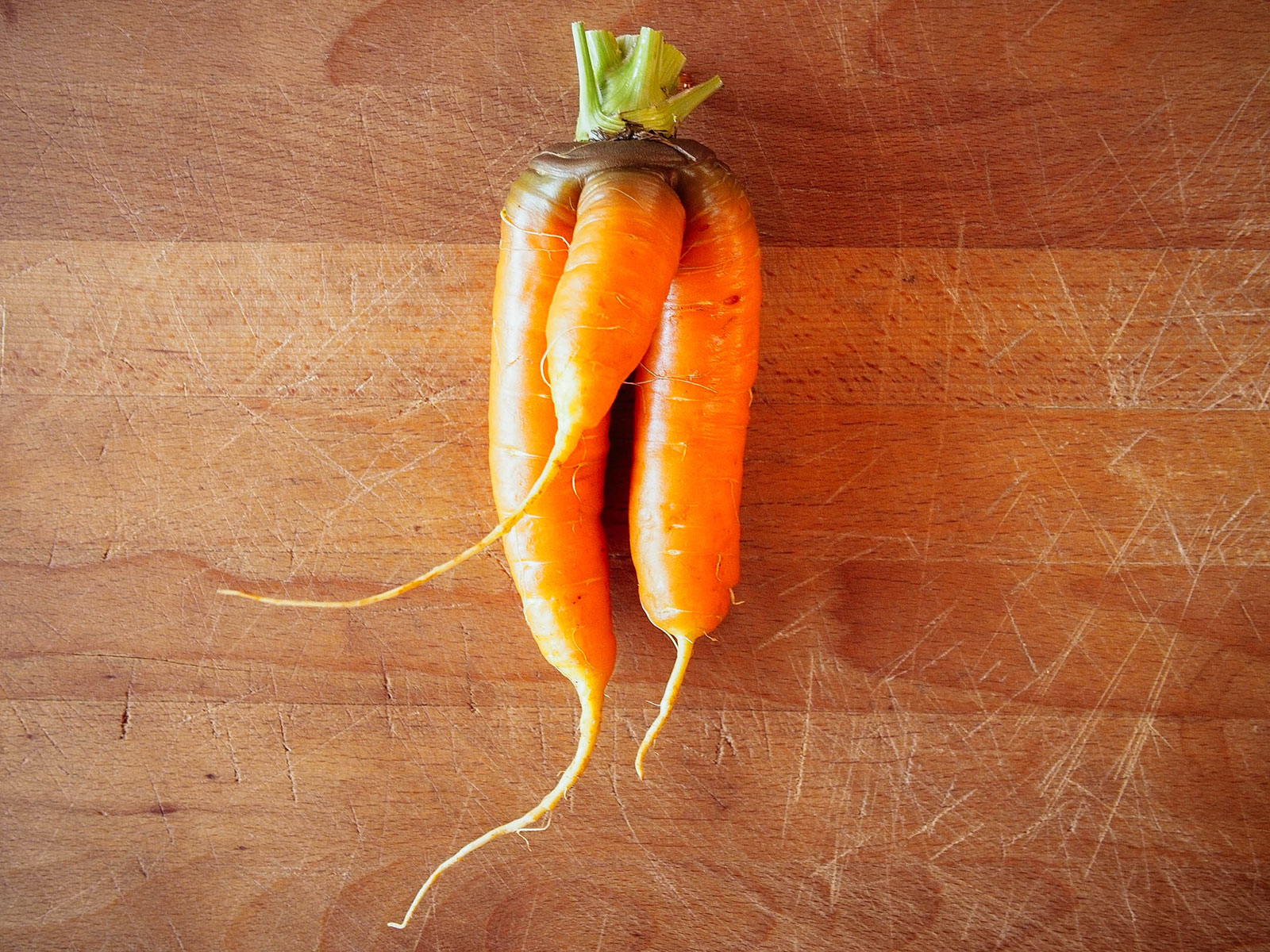
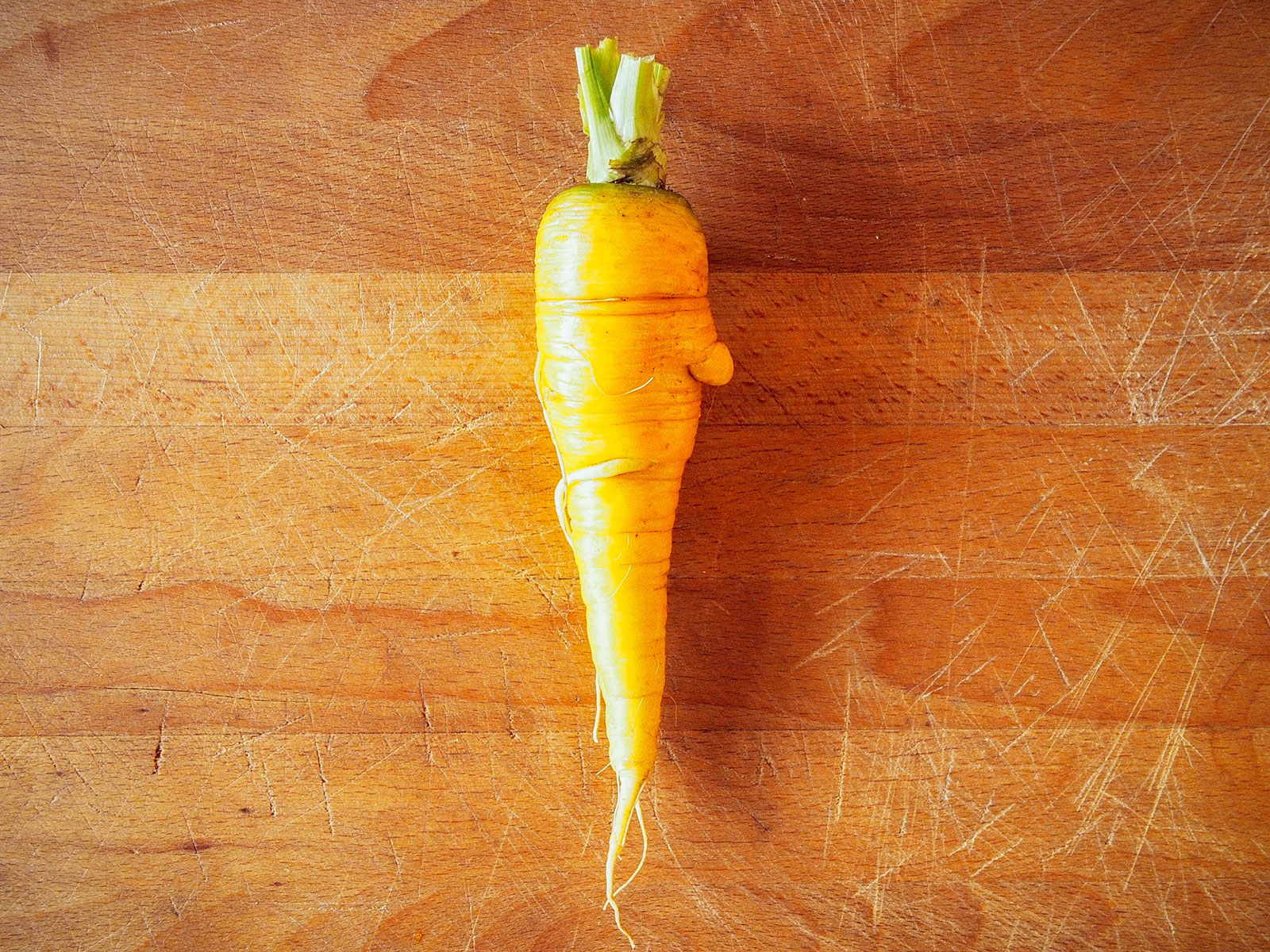

They were far from the slender, perfect, uniformly-shaped carrots I always saw in stores and in fact, they weren’t merely imperfect. They were downright deformed, almost like they’d mutated while underground, with knots, knobs, multiple roots, and branching roots that looked like legs or tentacles.
This eclectic group—full of personality, if I do say so myself—all grew in my old Southern California garden, and for a while I usually had at least a few roots that came up stunted, warped, or looking like they could walk right out of my garden.
Why do carrots grow this way?
The main reason is heavy soil.
Dense, clay-ey soil is one of the most common problems that affects carrots. When soil is slow to drain and full of clods, it tends to obstruct the roots from growing straight down. Stones, sticks, and thick roots (from nearby trees, for example) may also force carrots to divert and grow around them.

The simple solution is to remove little rocks as you find them and work on improving your soil as carrots grow best in sandy loam. It’s not an instant fix, but adding a few inches of compost twice a year before planting (in early spring and late summer) helps loosen the soil and stimulate the network of microorganisms, worms, and arthropods (collectively called the soil food web) that breaks down organic matter and creates humus.
You don’t even have to dig it in; I apply compost as a top dressing around my plants and let it seep in naturally over time. (Compost also makes a great mulch.)
Heavy compacted soil can also happen if you tend to walk on your garden beds, which compresses the soil around your plants.
If your native soil is particularly bad, you might want to grow carrots in raised beds instead (where you have better control over the type of soil you put in).
Disclosure: If you shop from my article or make a purchase through one of my links, I may receive commissions on some of the products I recommend.
Carrots also don’t do well when transplanted.
Their long roots are sensitive to disturbances, so it’s best to sow seeds directly in the garden where you want the carrots to grow.
If you’re growing them in containers, make sure the container is deep enough for the type of carrot you have. (Or consider round or petite varieties, which do really well in pots and heavier soils.)
What I recommend
Short carrot varieties
Thin the seedlings as they grow.
I get it, carrots are really hard to sow with their tiny seeds that stick to your fingers. Inevitably you end up with a row of too-close-together seedlings that continue to grow and compete for space—so just imagine how crowded they get below the surface!
Thin them out after they germinate. Carrots should have about 2 inches of spacing so they can fully develop.
Related: How to space your plants in a raised bed for maximum yield

You can treat these extra seedlings as microgreens and add them to a salad so there’s no waste.
Carrots prefer temperate weather.
Here’s what many people don’t realize: carrots are a cool-season crop.
But most gardeners start carrots in spring and let them mature into summer—which truly doesn’t allow them to shine. That’s because carrots are at their peak flavor when seeded in mid to late summer and harvested in fall—preferably after the first frost!
You see, carrots are one of the vegetables that actually taste better after a few heavy frosts. In very cold weather, they accumulate extra sugars as a defense mechanism, which results in sweeter flavor. Summer-harvested carrots just can’t compare!
Their ideal temperature range for proper root development is between 60°F to 70°F. Consistently hot weather above 85°F may stunt their growth, so if you often have wonky-looking carrots, try growing them as a fall crop instead.
Sometimes, excess nitrogen is to blame.
If you overfertilize your carrots, this may result in lots of lush green growth above—but stubby roots below. Too much nitrogen may also cause excessive branching of roots, giving your carrots a “hairy” look.
Stick with a slow-release organic granular fertilizer mixed into the soil before planting, or better yet, add a 2- to 3-inch layer of compost to improve soil tilth at the same time.
Consistent watering is key.
If your carrots have splits or cracks, this may indicate a watering issue similar to why tomatoes split or crack. If the soil has been very dry and then a heavy rainstorm soaks it, your carrots might burst as they take up more water than they’re used to and have a growth spurt they aren’t prepared for.
There’s not much you can do about the weather, but you can make sure the soil stays consistently moist. Don’t let it dry out between watering sessions!
Or, you might have root-knot nematodes.
Root-knot nematodes are microscopic roundworms in the soil that feed on plant roots, causing telltale “knotted roots” on vegetable crops. If this happens early on in the carrot’s life, it results in the main root forking (sometimes in several directions). As the nematodes develop, they continue to damage feeder roots, stunting the carrot’s growth both above and below the soil.
Carrots infected with nematodes usually end up distorted with lots of “legs” (branched roots), hairy roots, irregular bumps (galls), and thickened skin.

Crop rotation can help with nematode problems, as can introducing beneficial nematodes to the soil. If it seems like most of your garden beds are infested with root-knot nematodes, an effective way to get rid of them is with soil solarization (which also kills their eggs).
Read more: How to control root-knot nematodes organically in a vegetable garden
Despite their ugly appearance, misshapen carrots are still completely edible (even the ones affected by root-knot nematodes). Just chop them up for your next meal and no one will be the wiser!
This post updated from an article that originally appeared on April 12, 2013.



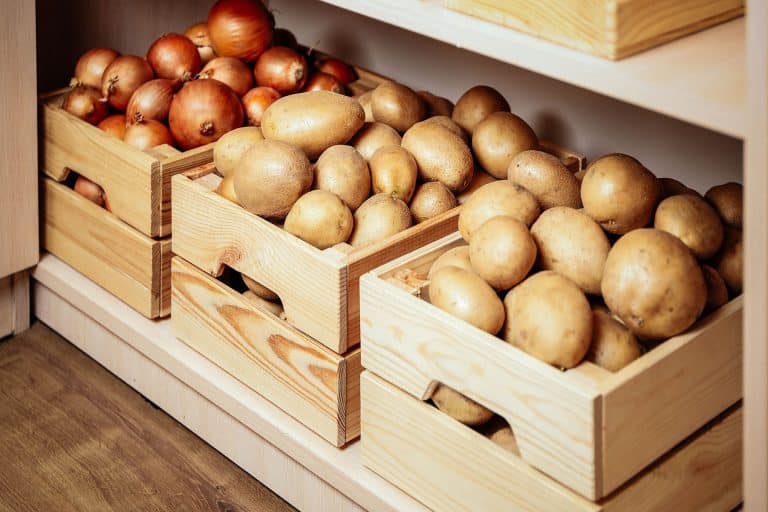

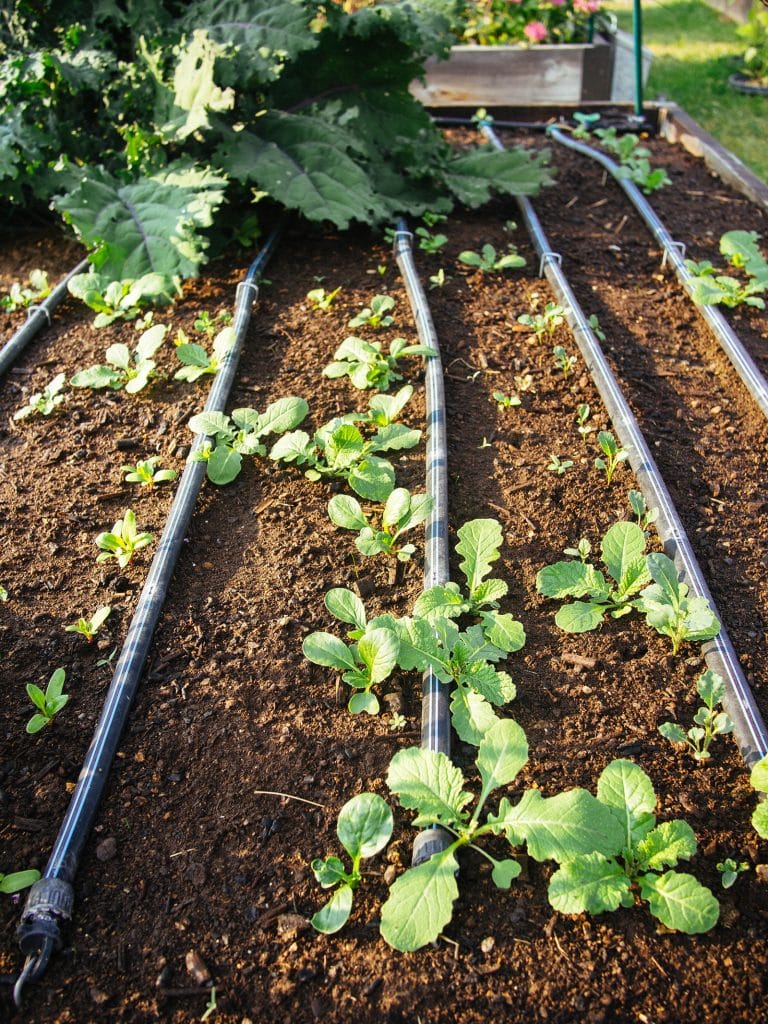
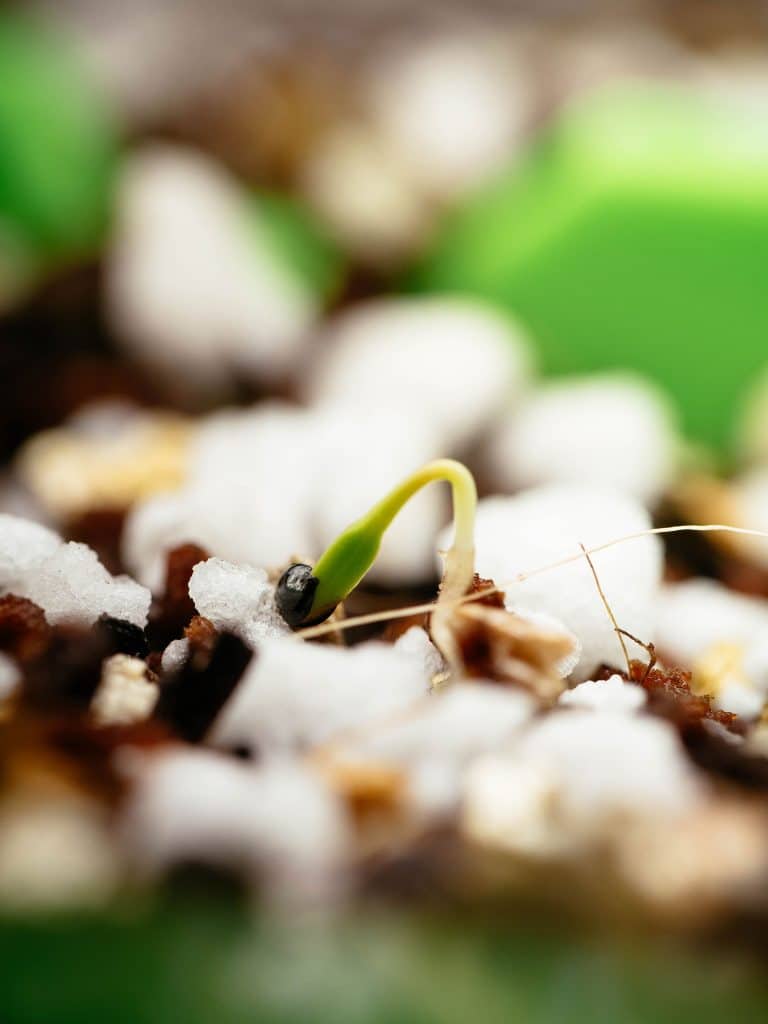









While away, a helpful friend watered my brand-new, row-covered, 2′ veggie boxes “at least every other day”.(Had advised that she shouldn’t have needed to water while we were gone!)(All seeds but the onions had well-sprouted; covered against the excessive cabbage butterflies & other pests we’ve struggled with this year, and the original forecast of low temps while we would be away.)(Had used your “recipe” to fill the boxes: branches, alfalfa/straw/bone & blood meal, finally triple mix (rather than straight compost) Therefore plenty of moisture retention without excess watering.)
Lifted covers upon home-coming – hundreds of nasty-looking “mushrooms”, leaves on all brassicas & “lettuces” have turned bluish-black, unpleasant smell from the boxes, and a black substance on the hoops holding the covers and its appearance elsewhere in the beds. Short version: extreme over-water of already-sprouted brassicas & greens, extreme fungal growth of 2 types unusual to our soil, bad smell, and what looks like mouldy affliction of the leaves of every plant. The leaves retain structure and shape, and are upright; they aren’t “rotted”, but dreadfully discoloured.
I left the covers open for the 2 sunny days we had upon return, but now it’s very wet, with wet forecast for several days. Should I “do” anything to salvage the beds, or just give them time and wait for the sun to return?
I would personally continue letting the beds air out as much as possible and stop watering until the soil has started to dry out.
Haha love it; just made my sunday morning! 😀
Ooops Saturday I mean!
Beth Foran Hanavan liked this on Facebook.
Thanks for a good laugh! I a fight with a carrot today . . . Was pulling carrots to juice and there was one in the corner of my raised bed that I couldn’t pull out. I dug down 6″, watered it well and still ended up just breaking off the first 6 inches of it! Carrots are funny creatures!
I’ve had to take a shovel to my carrots before, when a measly little trowel just didn’t cut it! 🙂
Randall S. Winkler liked this on Facebook.
Gerry Hernandez liked this on Facebook.
Dora Tam liked this on Facebook.
Jun Iguchi liked this on Facebook.
too funny!!!
that’s good!
I have to imagine there is an illustrated book out there with pictures of veggies that look like “other things” – if not, I think you have yourself a great book idea!